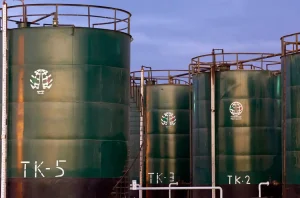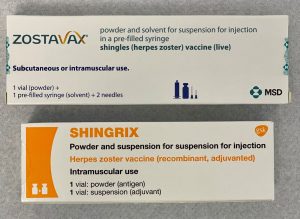The quiet linking of industrial infrastructure with digital oversight has rewritten the risk map in ways most firms are only beginning to grasp. Where once air-gapped control systems quietly ran production lines or power grids, today’s interconnected networks introduce complexity and ambiguity far beyond traditional IT concerns. And with that shift comes a security reckoning that cuts to the operational heart of modern enterprises.
The fusion of Internet of Things (IoT) devices and Operational Technology (OT) systems into corporate architectures is not merely a technological upgrade. It is a structural pivot that carries profound consequences for resilience, compliance, and reputational trust. What appears on the surface as smarter systems and real-time data flow is underpinned by devices and protocols often designed without the assumptions of hostile environments. The operational gains are clear—but so are the vulnerabilities.
From intelligent HVAC systems to robotic arms in production lines, connected devices now relay vital operational signals across broader networks than ever before. These same systems, once shielded by isolation, now present broad attack vectors, creating opportunities for adversaries to manipulate environments that were never built with dynamic cyber defence in mind. Many of these components, favouring durability and uptime over upgradability, are ill-prepared for the rigorous demands of modern threat landscapes. Default credentials, legacy firmware, and sparse patching practices form a weak perimeter that no longer holds.
As attackers grow more sophisticated and specialised, threats have shifted from speculative to systemic. The convergence of IT and OT is now a known battleground, with ransomware and remote access exploits targeting precisely these integration points. The mechanics of disruption extend well beyond data theft, into physical and reputational harm. Incidents that once seemed isolated to critical infrastructure now pose enterprise-wide implications, especially as supply chains, logistics, and facilities management go digital.
Investor implications are significant. The quality of a firm’s cybersecurity posture in these domains increasingly speaks to the quality of its governance, operational foresight, and risk management. It is no longer adequate to rely on legacy controls and fragmented oversight. Leadership teams must demonstrate fluency in cross-domain threat mitigation, particularly in environments where uptime is non-negotiable and compliance is tightening.
The strategies gaining traction involve more than defence. They reflect architectural maturity. Visibility, segmentation, and behavioural baselining are becoming core disciplines. Asset discovery tools now go beyond inventory to behavioural analytics, enabling teams to detect anomalies in real time. Network segmentation is evolving from best practice to foundational necessity, preventing lateral movement across diverse device groups. And the adoption of Zero Trust principles reflects a deeper recognition that legacy assumptions of trust are no longer tenable in hybrid environments.
Yet even the most advanced systems remain porous without strong vendor oversight and disciplined lifecycle management. The threat chain often begins not with an attacker but with a supplier. Procurement protocols and firmware provenance are therefore as critical as firewalls and intrusion detection. Enterprises investing in these areas are increasingly looking for partners who offer transparency, updatability, and proactive disclosures as standard.
Crisis preparedness also defines maturity. Incident response planning now must account for physical systems and mixed-technology estates. Recovery protocols, role delineation, and simulation exercises are evolving to reflect blended environments, where a cyber breach can mean operational paralysis or even safety risks. Investors attuned to such planning can better evaluate resilience in tangible terms.
Ultimately, the organisations best positioned for the future will be those that embed security into the blueprint, not bolted on at the margins. That requires a cultural as well as technical shift. Security by design, risk-driven procurement, and continuous posture assessments must shape capital allocation, not just compliance checklists. The convergence of IoT and OT is not a passing trend but a foundational transformation, demanding lasting attention and sustained investment.
For investors, the takeaway is clear: in a world where industrial reliability and digital agility increasingly co-exist, the firms that master secure convergence will not only mitigate risk but unlock meaningful competitive advantage.
IoT and OT technologies refer to the integration of internet-connected sensors and control systems within physical infrastructure. They underpin critical functions in sectors such as manufacturing, logistics, energy, and healthcare, and are increasingly central to enterprise digitisation strategies.
Tern plc (LON:TERN) backs exciting, high growth IoT innovators in Europe. They provide support and create a genuinely collaborative environment for talented, well-motivated teams.








































